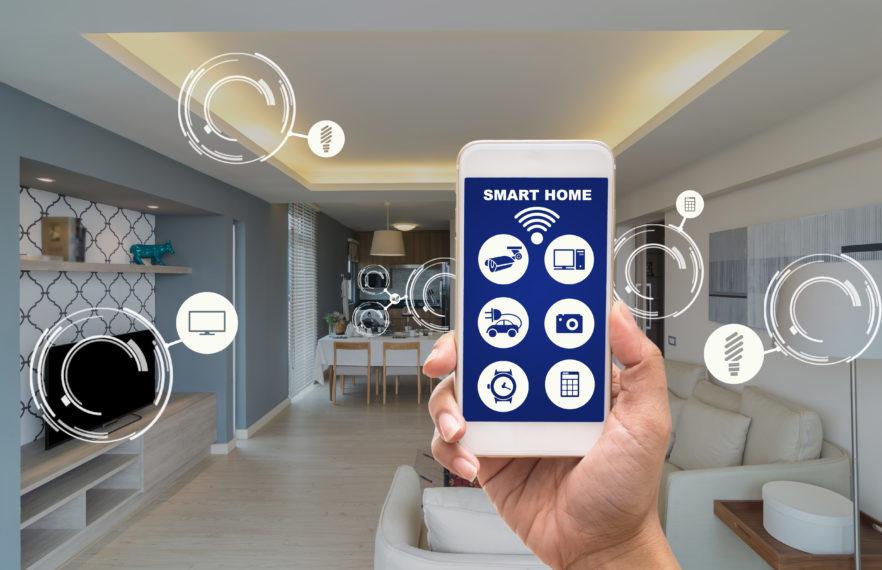Over the last few years, smart buildings have become more popular. They have evolved from the beacons of an always expanding IoT and aftermarket sensors, there are more smart buildings in the modern-day, thereby bridging the gap between digital and physical things. There are numerous benefits of smart buildings and most companies are now learning how to use smart tech to gain better insights and make better decisions to guarantee advanced facility operations.
For companies that are still new to smart building solutions or simply building a small IoT of network devices, it’s crucial to understand the scope of opportunity that comes with smart buildings. These smart technologies allow insights that have become prudent for companies governing agile workspaces, increasing demands for space versatility and a flexible workforce.
What Is A Smart Building?
A smart building usually provides data on how it is used. It happens through the IoT (Internet of Things). The network IoT sensors can immediately transform the available action into usable data. It’s easy for building managers to use the data to make accurate insights about the physical workplace. For instance, if a pressure sensor on the floor of a conference room shows when the room is occupied, it generates data for real-time insights. As such, it’s easy to know when the information is required such as how often it is used and for how long. Even better, you can know if the ROI of the space actually makes sense.
Smart buildings usually operate on a scale. It might be a few sensors that guarantee targeted facility data. In other cases, it might be a wide web of IoT devices that guarantee a complete digital picture of the facilities provided. The main purpose of a smart building is to guarantee digital data about the physical application of a building and everything happening inside, regardless of the size.
8 Major Benefits Of Smart Buildings
Since smart buildings are powered by data-generating systems, the benefits can be attributed to them. It’s easier to understand smart buildings when there is data to inform people how the buildings are used. It also works in reverse in the sense that you can easily manage facilities when you understand them. Here are some of the benefits of smart buildings and why you should consider one.
1. Automation Opportunities
If there are more links to the physical and digital management systems of a building, there will be more opportunities for automation. Whether it’s floor sensors for occupancy, motion-sensitive lights or beacons to gauge how the space is utilized, the IoT gives a chance for various applications.
2. Quantifiable Building Insights
Each data point provided by the IoT instantly becomes a quantifiable part of the overall tangible workplace. Therefore, understanding more of the workplace functions and who is currently using them. Even better, you should be able to learn how it is being used and at what time. These data points will make up trends and eventually make actionable insights.
3. Predictive Maintenance
Using digital twins or similar technologies has transformed workplaces and buildings into managed assets. Now, you can engage in proactive maintenance as well as asset upkeep to guarantee maximum ROI for the investments. Preventive maintenance instantly becomes one of the most important functions of the building upkeep and is powered by the insights coming from the IoT.
4. Better Utilization Of Resources
Take a look at the resources of the workplace such as manpower, space and technology. Smart buildings will take advantage of these resources and quantify them in the context of broader facilities. As a result, there will be a better understanding of how these resources are used and the information on how to make them available and accessible.
5. Reduced Energy Consumption
Smart buildings allow the use of green initiatives through quantifiable building insights and automation. Whether it’s better management of the HVAC system or motion-sensitive lighting, lower costs will be advantageous to the business and environment.
6. Real-Time Building Insights
Real-time insights are important in areas with agile desking concepts. The proper maintenance of these spaces relies on data to see what’s open and what’s occupied. Smart buildings make it easier to see what’s happening in any given space as well as the digital representation of the physical building.
7. Reduced Operational Costs
With better decision-making, thanks to smart buildings, you should be able to save a lot of costs. As such, you should have the power to leverage resources and have a better ROI.
8. New Workplace Opportunities
With workstyles evolving every second, you should expect changes in your workplace at any time. There is demand for a new system to manage agile and flexible workspaces. With smart networks and systems, it will be much easier.









